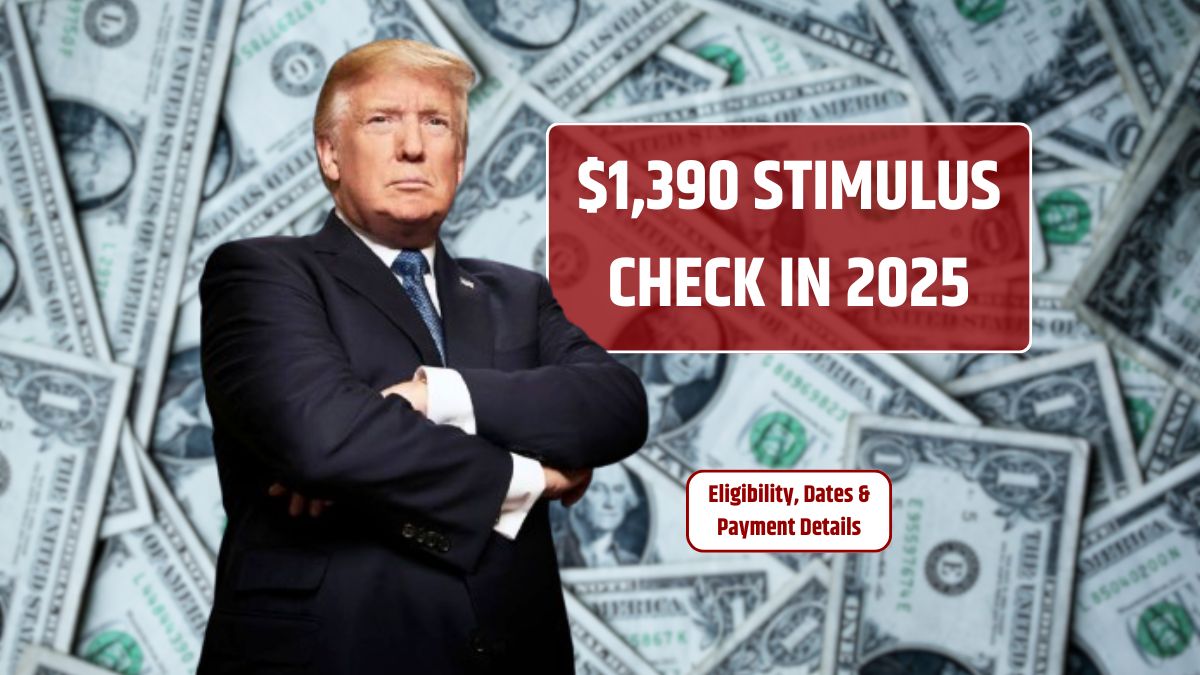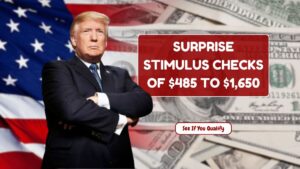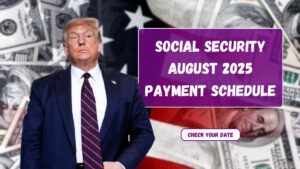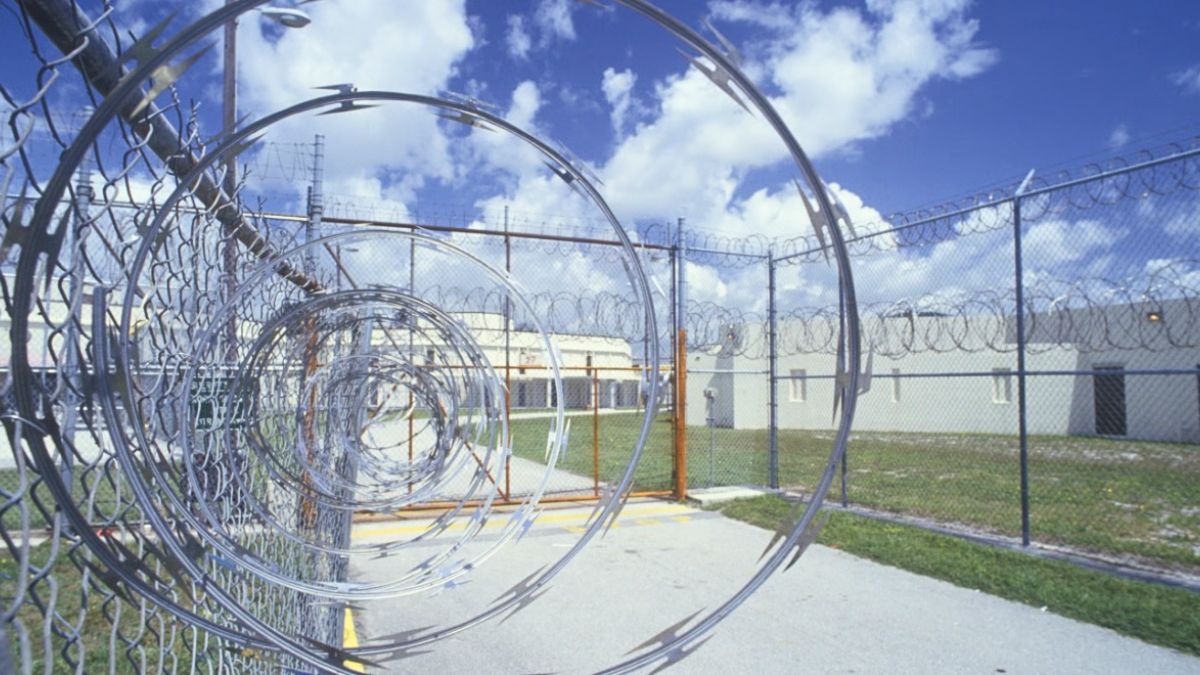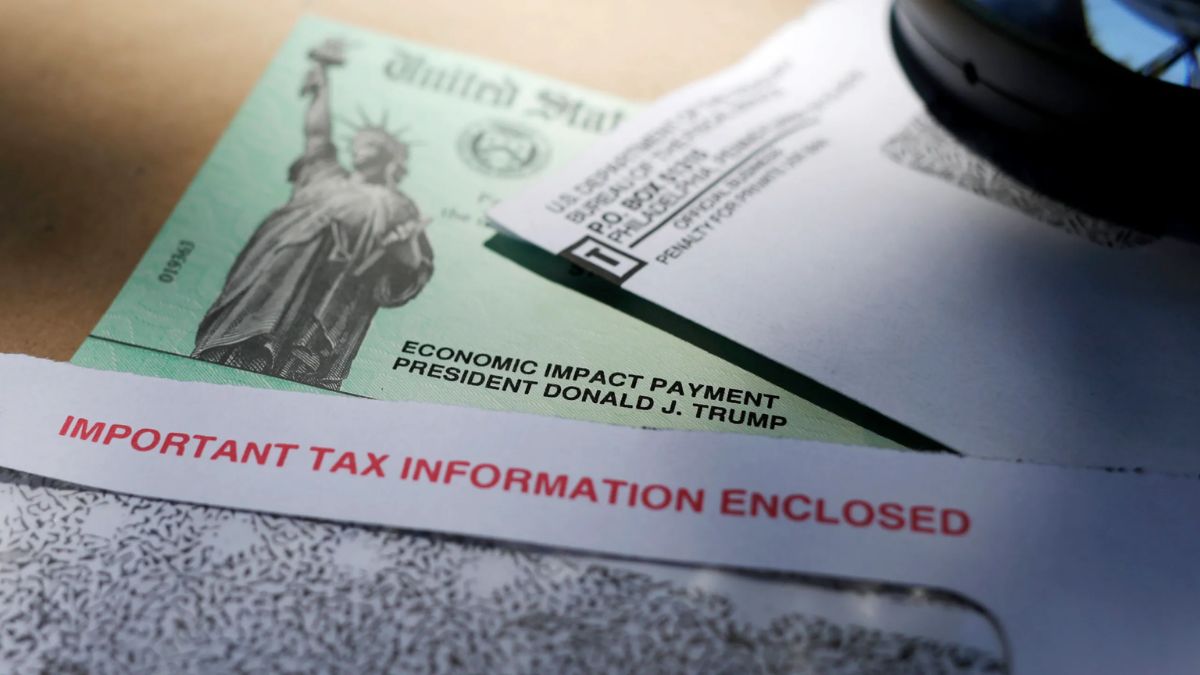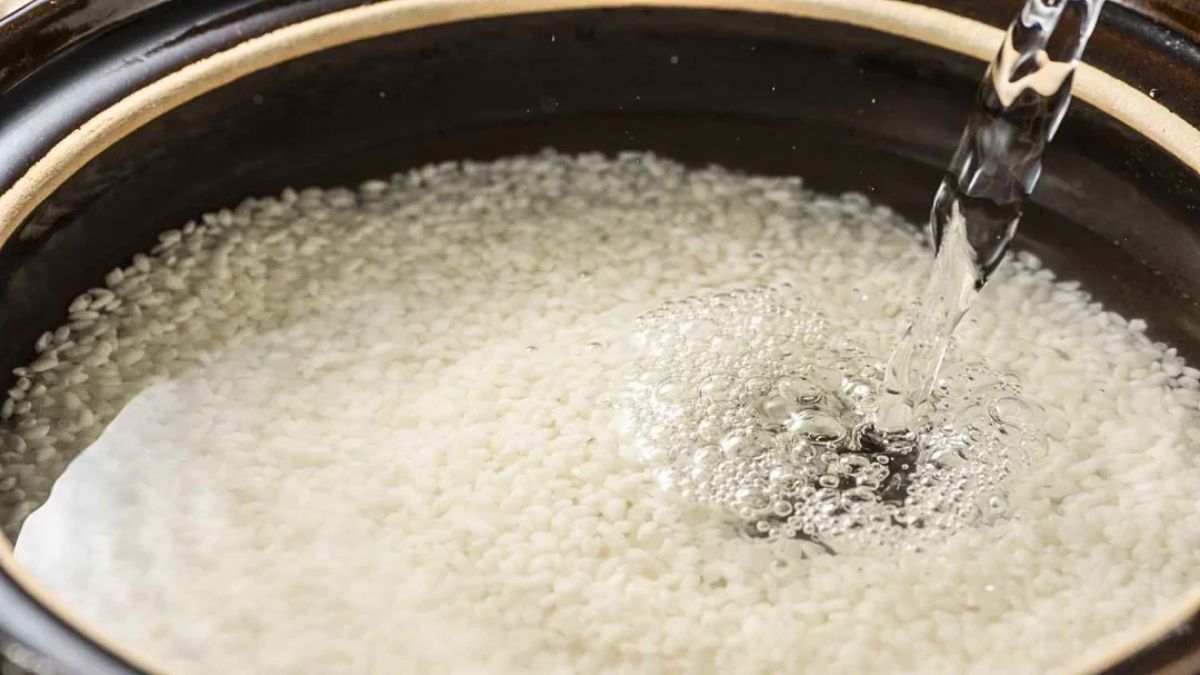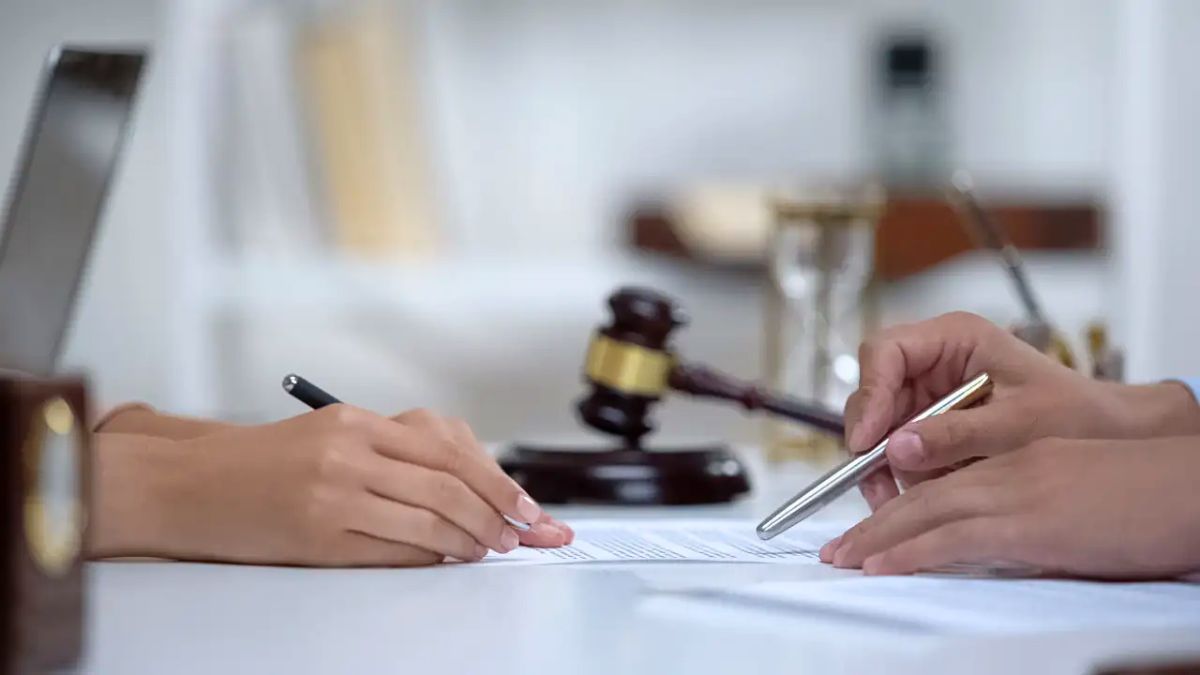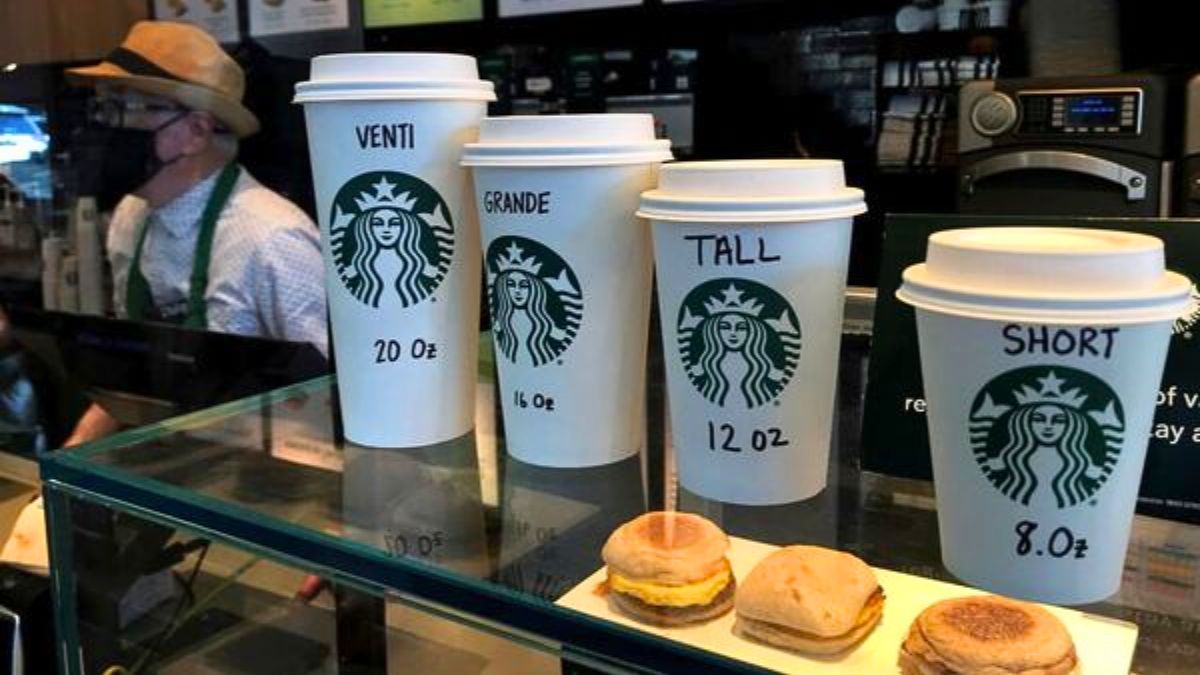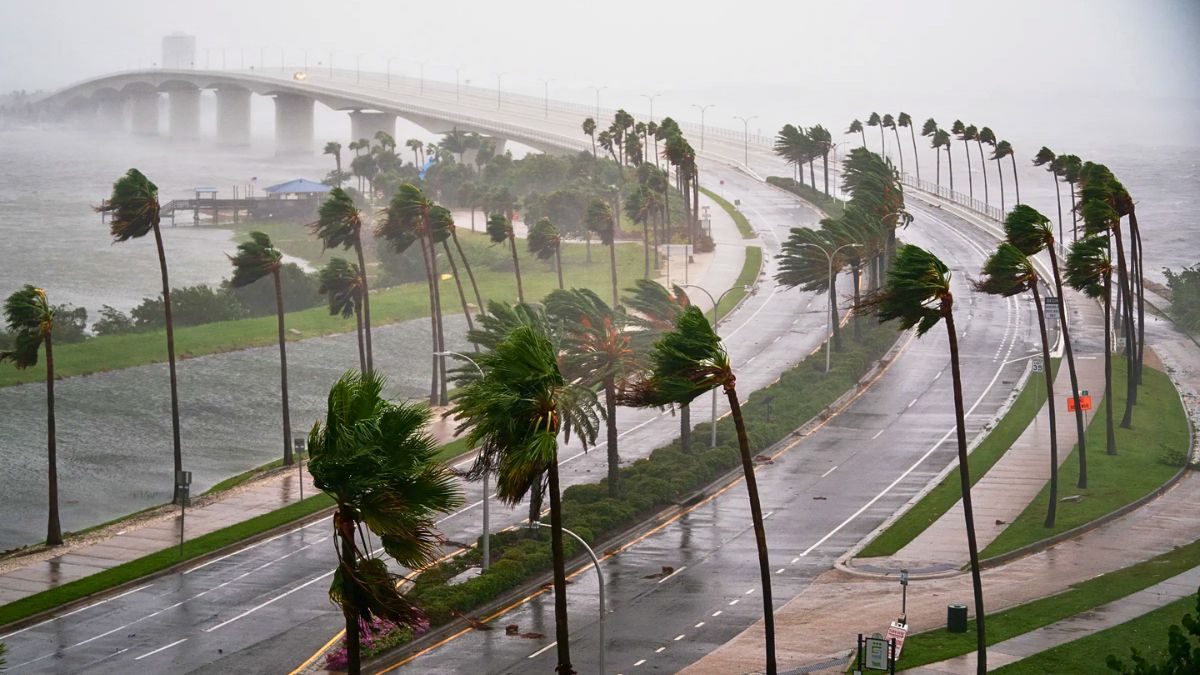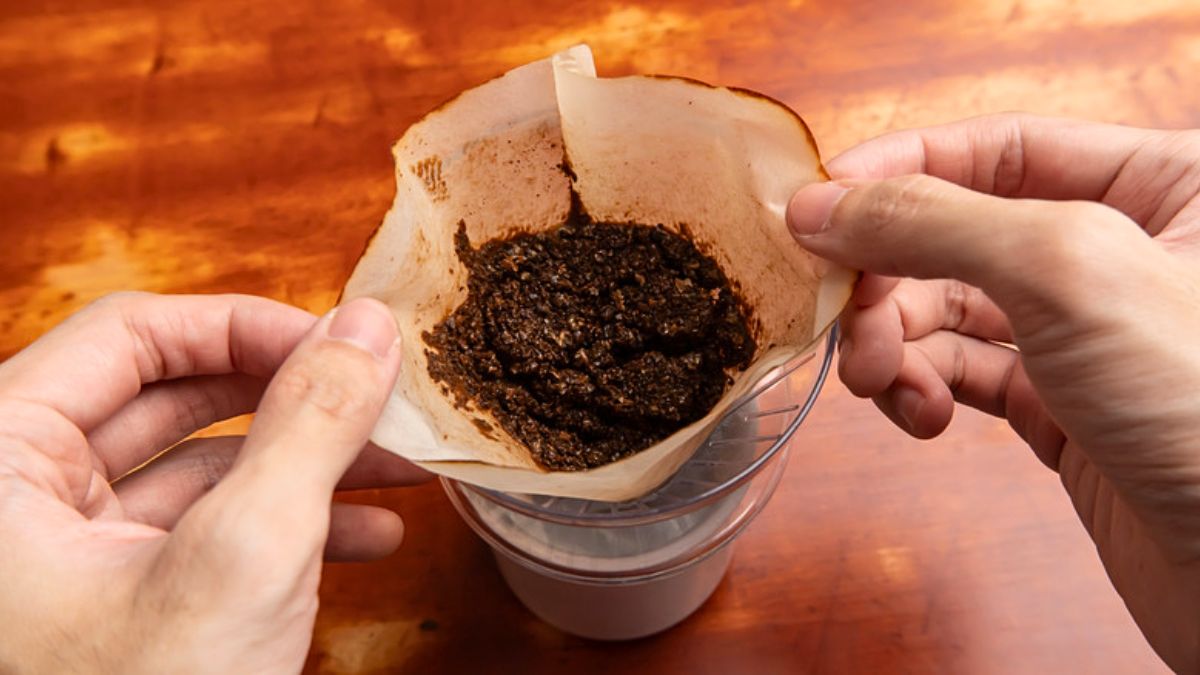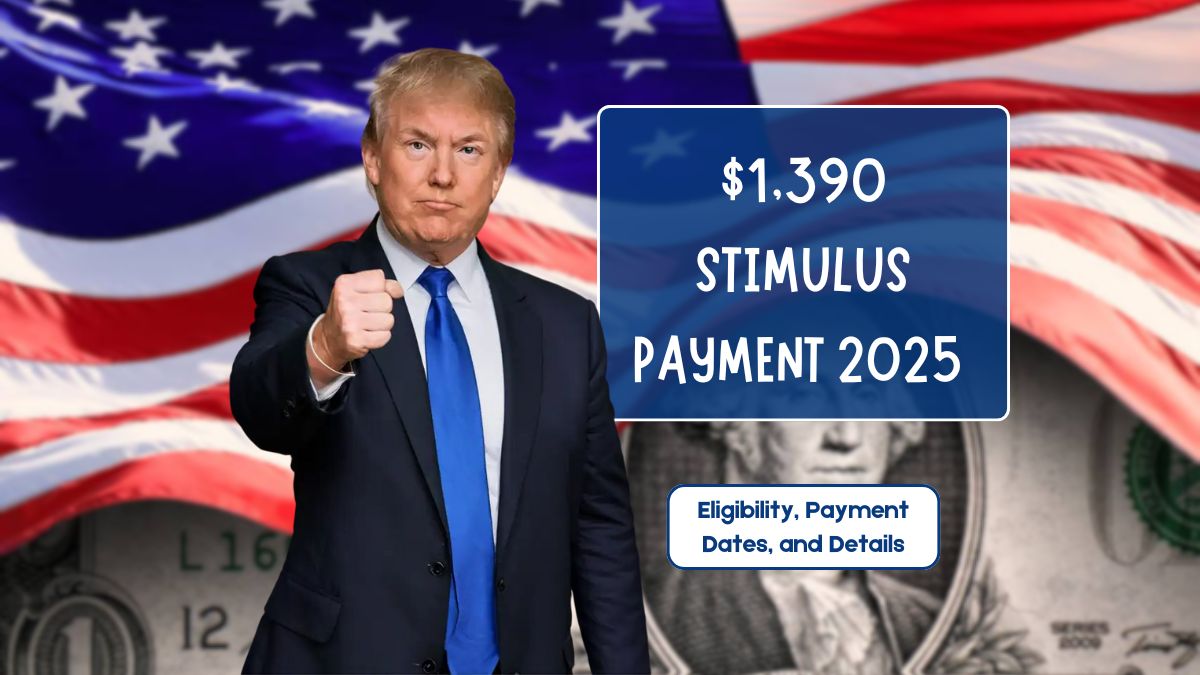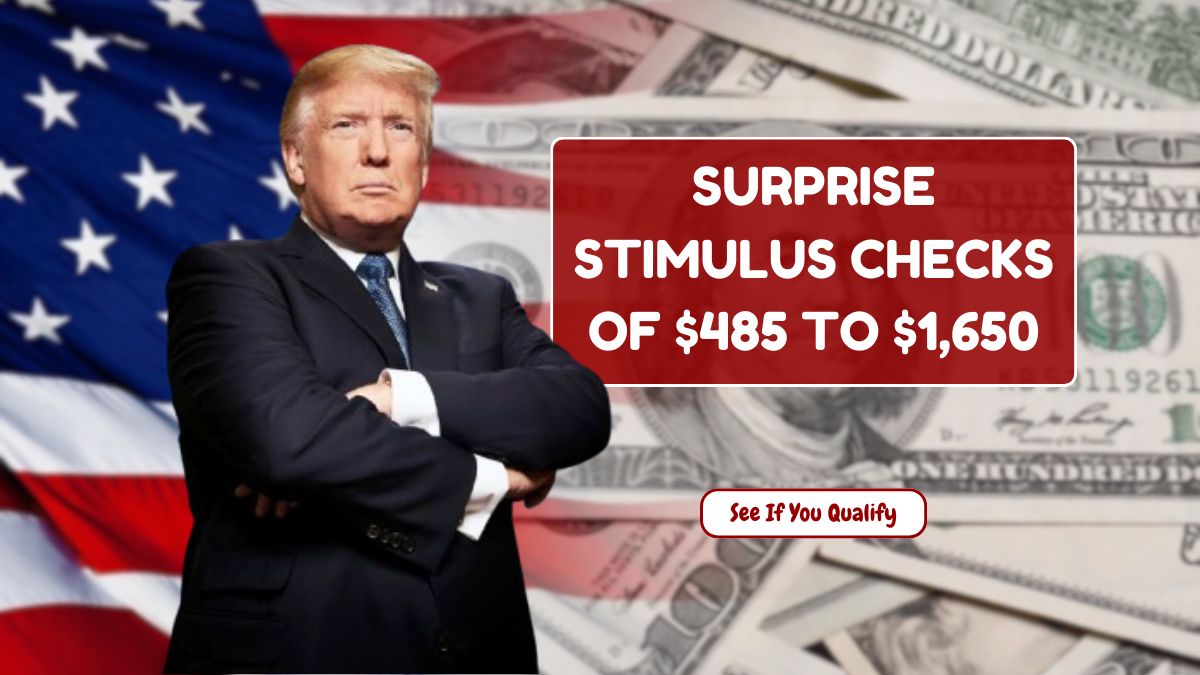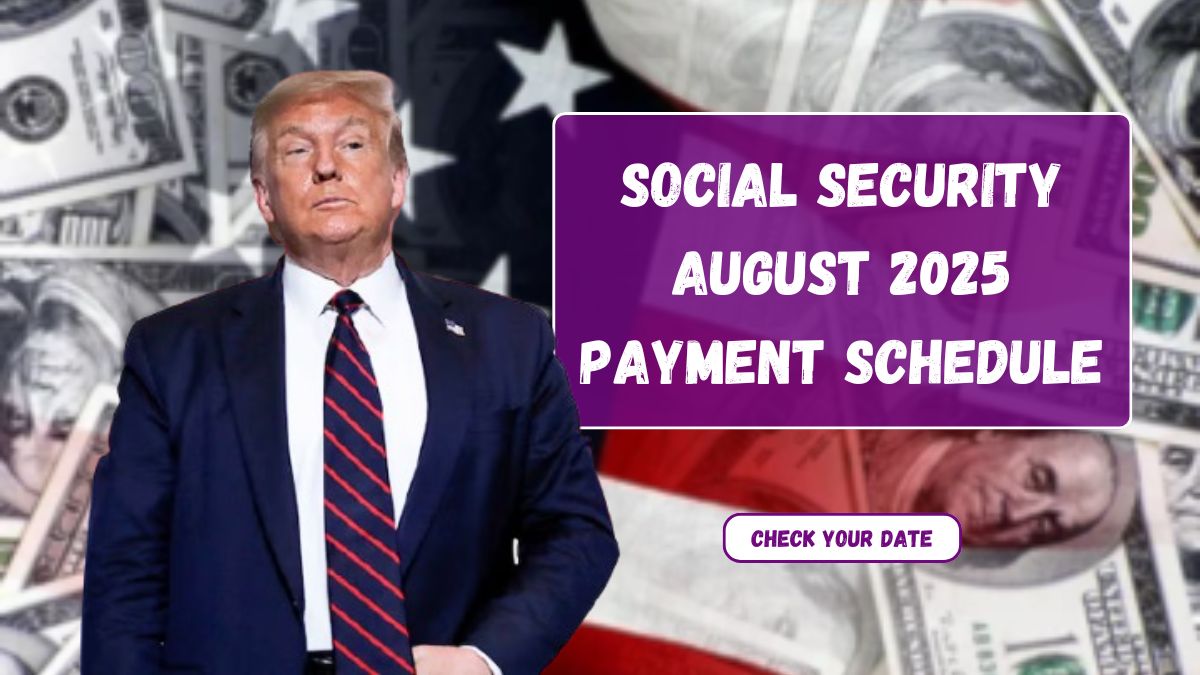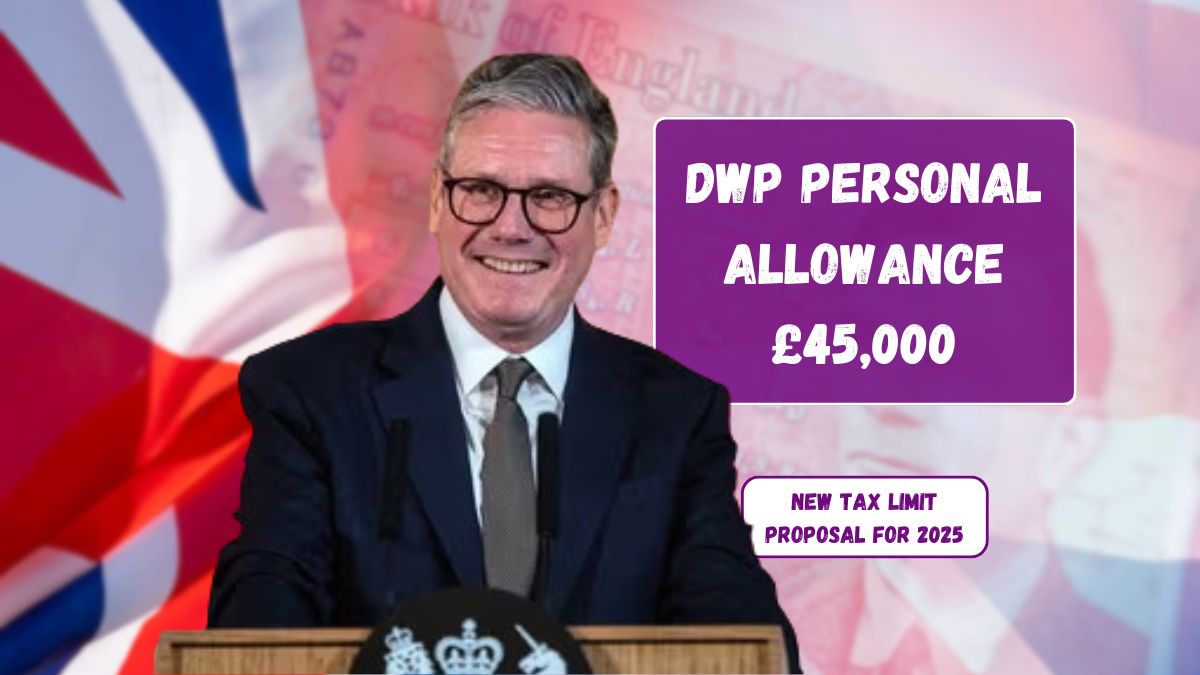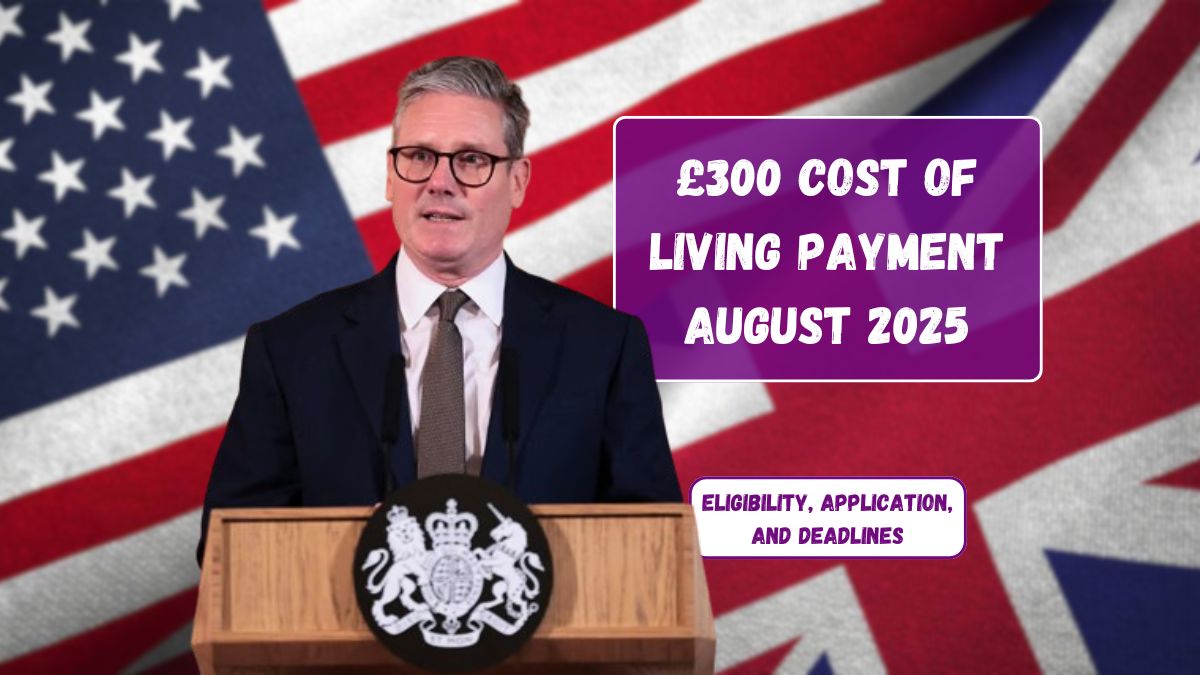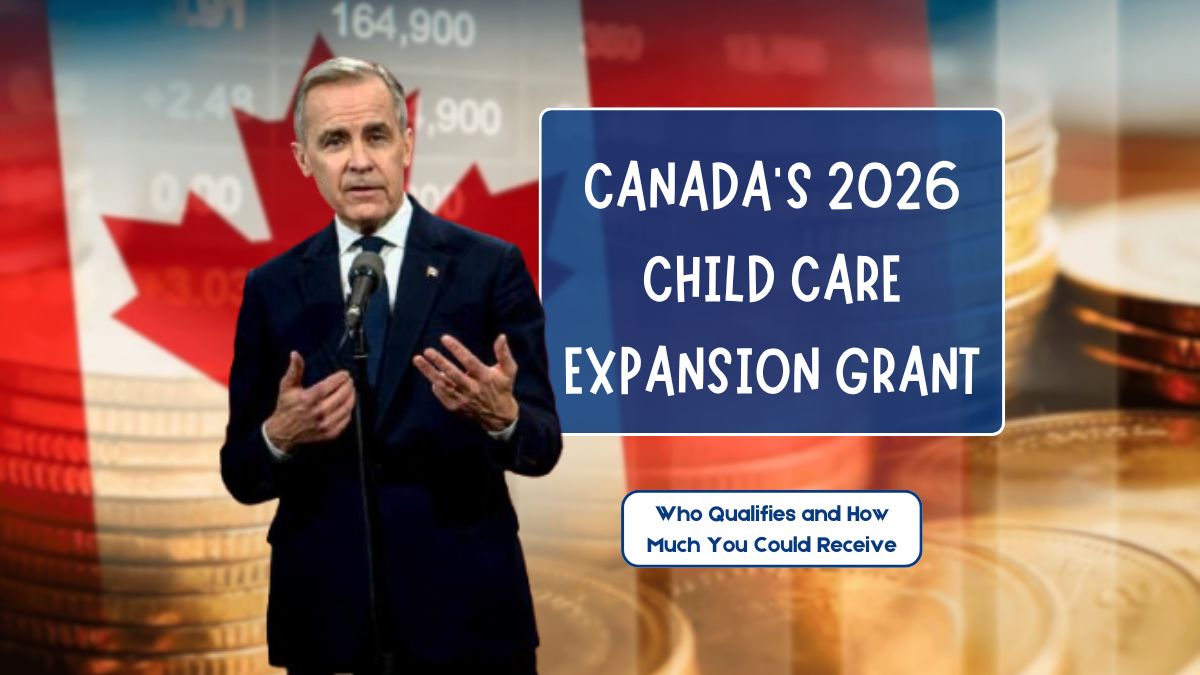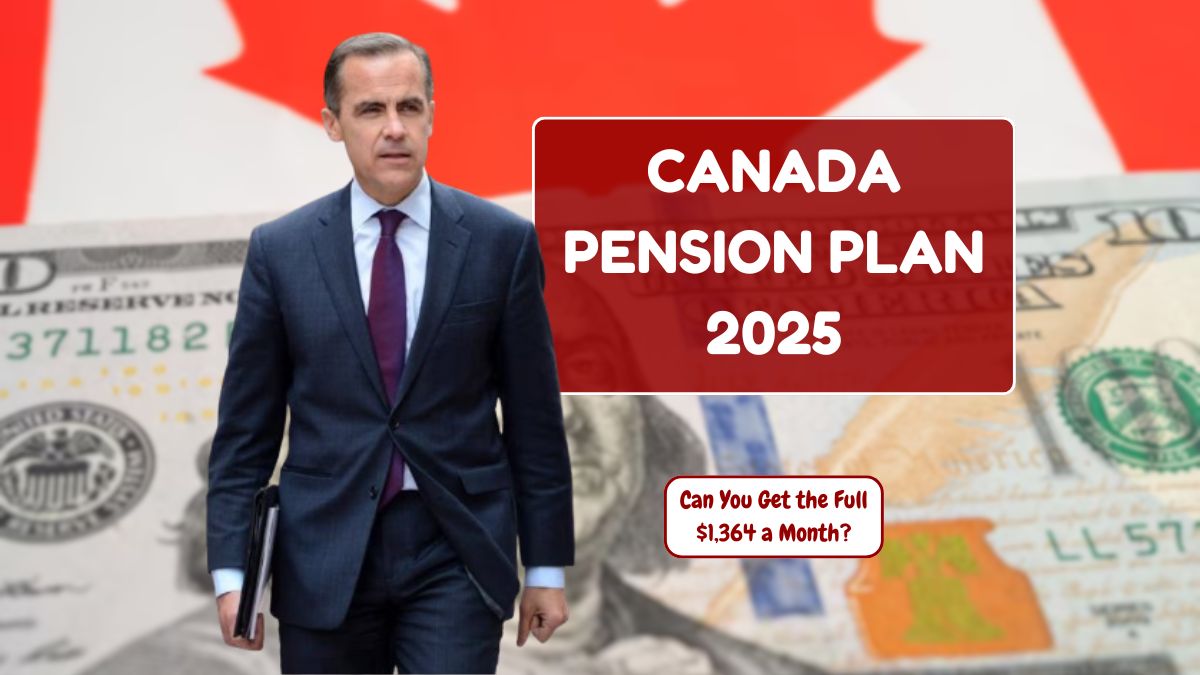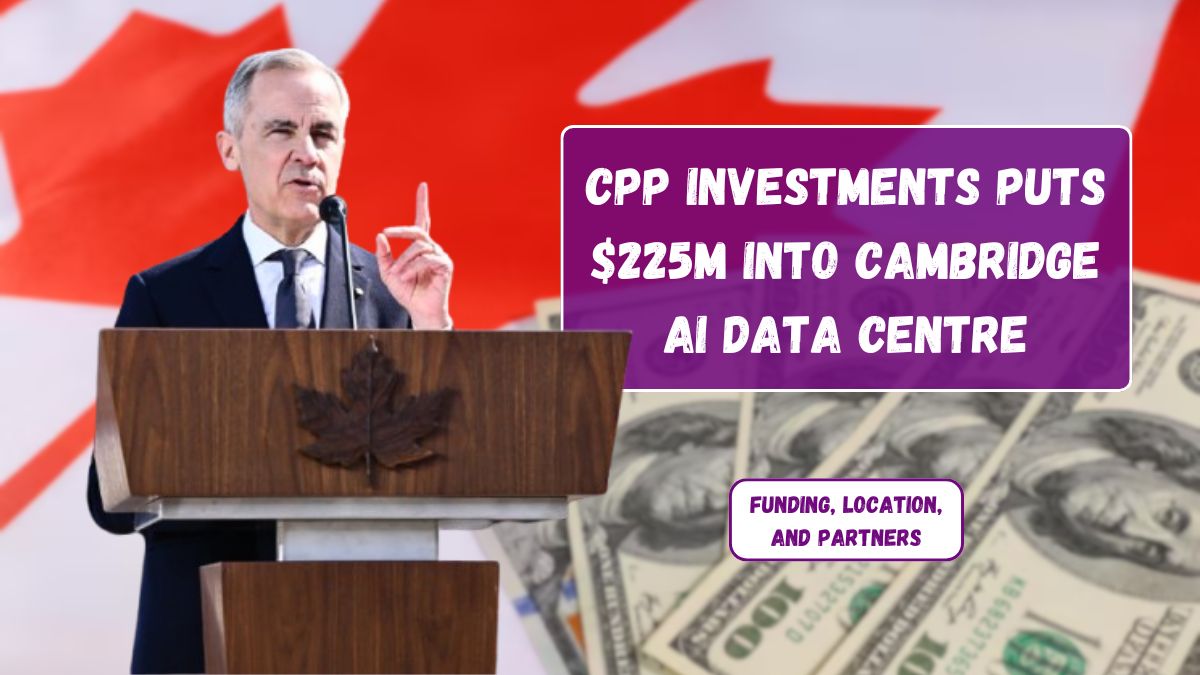Rising rent, high grocery bills, and ever-increasing living costs have left many American households struggling to make ends meet. But there’s a glimmer of relief ahead — the US government is preparing a $1,390 stimulus check, with payments expected to begin in mid-summer 2025. The Internal Revenue Service (IRS) will send the money directly to eligible citizens through bank deposits, mailed checks, or debit cards.
This relief package is aimed at helping low and middle-income families deal with inflation and rising expenses. For many, it could be the financial breather they’ve been waiting for.
Purpose
The main goal of this payment is to maintain the standard of living for families hit hardest by economic challenges. It will help cover basic needs like rent, utilities, and groceries without adding a tax burden.
The best part? This $1,390 will be completely tax-free. It won’t be counted as part of your taxable income and won’t impact existing benefits such as Medicaid, SNAP, or housing assistance. That means you can keep your current benefits while enjoying this extra boost.
Eligibility
Not everyone will qualify for the payment. The IRS will issue checks only to people meeting certain income and residency requirements.
| Filing Status | Income Limit |
|---|---|
| Single | $75,000 or less |
| Married (joint filing) | $150,000 or less |
| Head of Household | $112,500 or less |
Other conditions include:
- Must be a US citizen with a valid Social Security number
- Must have filed a 2023 or 2024 tax return
- Cannot be claimed as a dependent on someone else’s tax return
If you’ve received previous stimulus checks and your income hasn’t changed much, you’re likely to get this one too.
Timeline
While the government hasn’t confirmed an exact date, mid-summer 2025 is the most likely period for payments to start.
- First wave: Direct deposit recipients
- Second wave: Paper checks mailed to addresses on file
- Final wave: EIP debit cards sent to selected recipients
To avoid delays, make sure your bank account details are up-to-date on the IRS website.
Methods
The IRS will distribute payments through three channels:
- Direct Deposit – Fastest and safest, money goes straight to your account
- Paper Check – Sent by mail if bank info isn’t provided
- EIP Debit Card – A preloaded card mailed to certain recipients
Scams
Unfortunately, stimulus news often attracts scammers. They may send fake emails, texts, or calls asking for your bank account details, Social Security number, or a “processing fee.”
Keep in mind:
- The IRS never contacts you through text, email, or social media for personal details
- Always use official sites like irs.gov or treasury.gov
- Avoid clicking suspicious links and report any fraud attempts
This $1,390 stimulus payment could be a much-needed lifeline for millions. If you qualify, prepare your documents early and stay alert against scams. In tough economic times, every bit of help counts — and this check might just be the boost that keeps you afloat.
FAQs
Who qualifies for the $1,390 check?
US citizens meeting income limits and filing tax returns.
When will payments start?
Likely mid-summer 2025 in different waves.
Is the payment taxable?
No, it is completely tax-free.
Will it affect my benefits?
No, existing benefits remain unaffected.
How can I avoid scams?
Only trust official IRS or Treasury websites.

